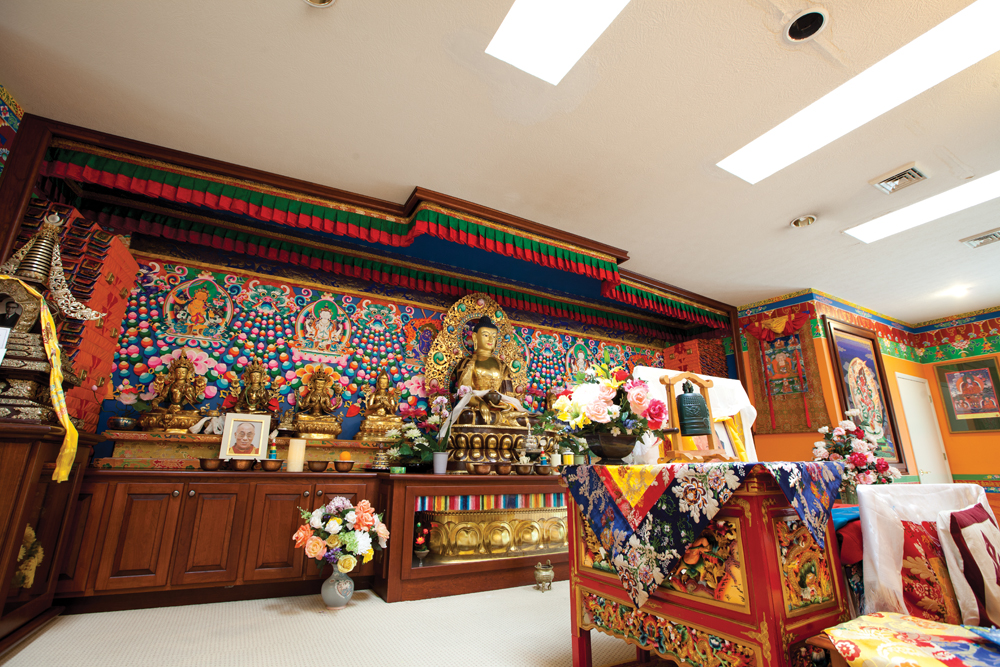
BY TRACY ZOLLINGER TURNER
The dharmachakra (wheel of dharma) that adorns the entry gate of the Tibetan Mongolian Buddhist Cultural Center (TMBCC) is almost luminous, freshly gilded for the center’s 40th anniversary celebration. Yet, despite its decades-long history, visitors still ask, “Why is this place in the middle of Indiana?”
Geshe Kunga, one of the spiritual teachers of the Kumbum Chamtse Ling monastery, located on the TMBCC grounds, says the story begins with the center’s founder, Thubten Jigme Norbu, whom he calls “the first Tibetan refugee in the United States.”
The brother of the Dalai Lama, Norbu’s early life, exile from Tibet, and advocacy for its people are chronicled in his autobiography, Tibet Is My Country (Wisdom, 1986). Granted asylum in the 1950s, Norbu came to Bloomington with his wife and children in 1965 to accept a position at Indiana University, where he founded one of the nation’s first Tibetan Studies programs.
In 1978, a donation of 108 acres of land in southeast Bloomington enabled Norbu to found the Tibetan Cultural Center, dedicated to “preserving Tibetan culture and religion.” With the help of volunteers and donations, multiple structures have been built over time, among them the only stupa (religious monument) dedicated to the more than one million Tibetans who have died since the beginning of the Chinese occupation of Tibet in 1950, as well as other structures rarely found outside of the Himalayan region, including a mani korlo (prayer wheel house).
Norbu suffered a debilitating stroke in 2002 and died in 2008. The Dalai Lama appointed Arjia Rinpoche director of the center in 2006, adding “Mongolian” to the center’s name and mission to honor Rinpoche’s heritage. He is a Tibetan Lama of Mongolian descent.
The Dalai Lama has visited the center six times since its founding. He last visited in 2010. When he visits, he always conducts a teaching, and pays his respects to the ashes of his brother, which are interred in the temple’s shrine.
Anyone is welcome to attend the TMBCC’s Sunday morning Buddhist teachings or Wednesday evening meditation classes. Kunga says the center’s purpose continues to be “education—not to push our religion” as “every religion talks about compassion and love.”
Visitors come for a variety of reasons, Kunga says, whether to shop at the Happy Yak Gift Shop or sit quietly in the Kumbum Chamtse Ling Temple’s shrine room—both of which are open regularly to the public, as are many spiritual and cultural events performed by the monks.
For more information, visit tmbcc.org.


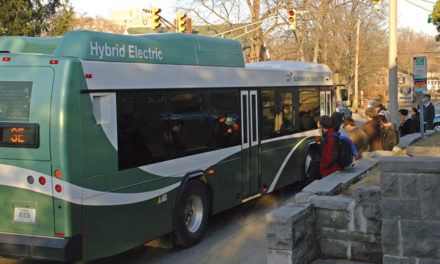
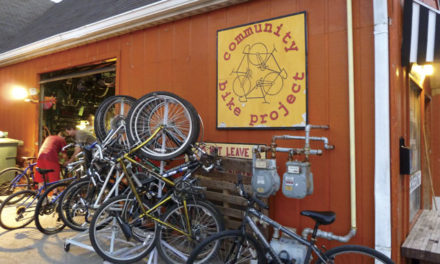
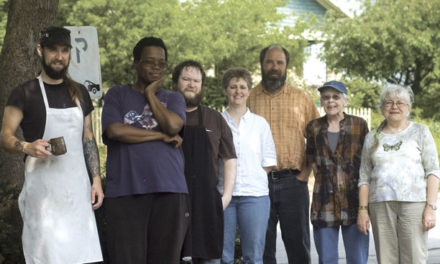
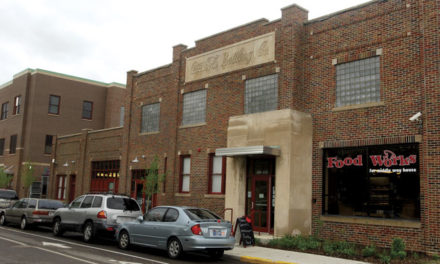


Trackbacks/Pingbacks